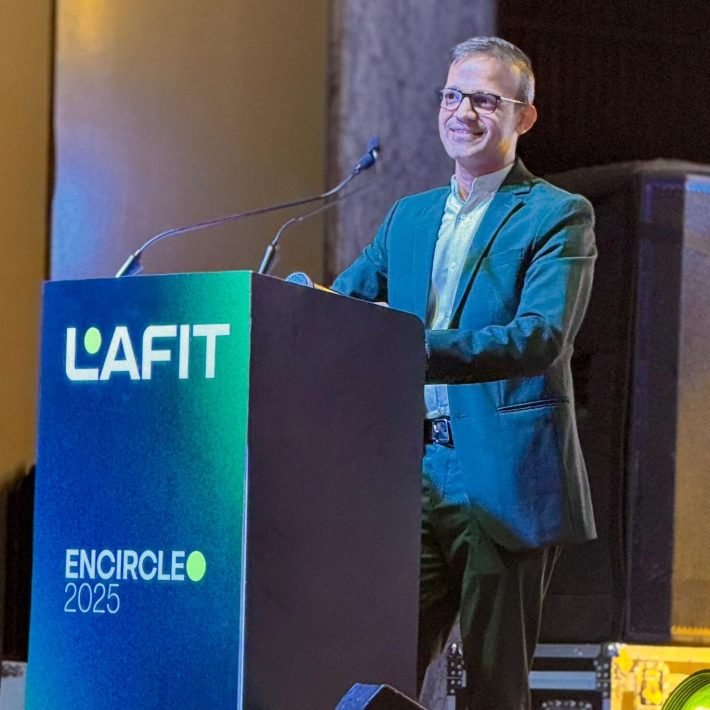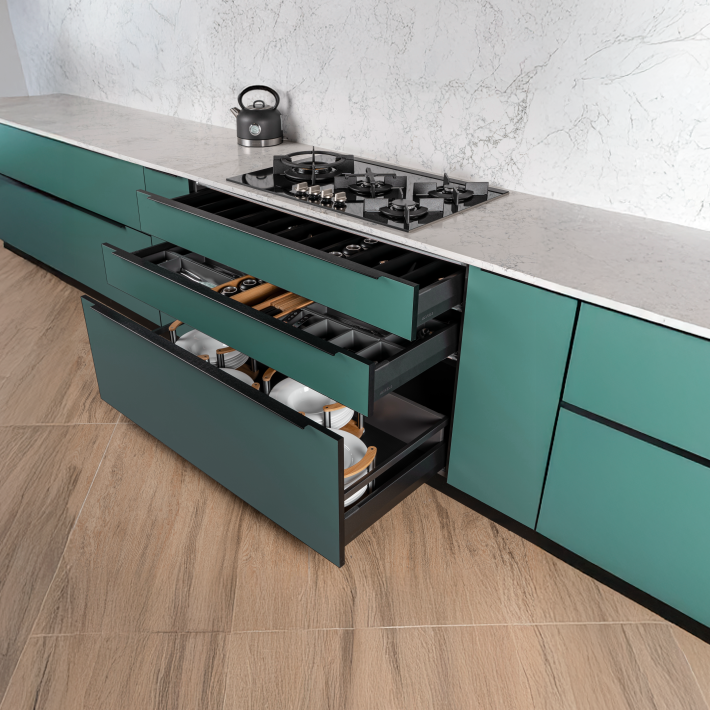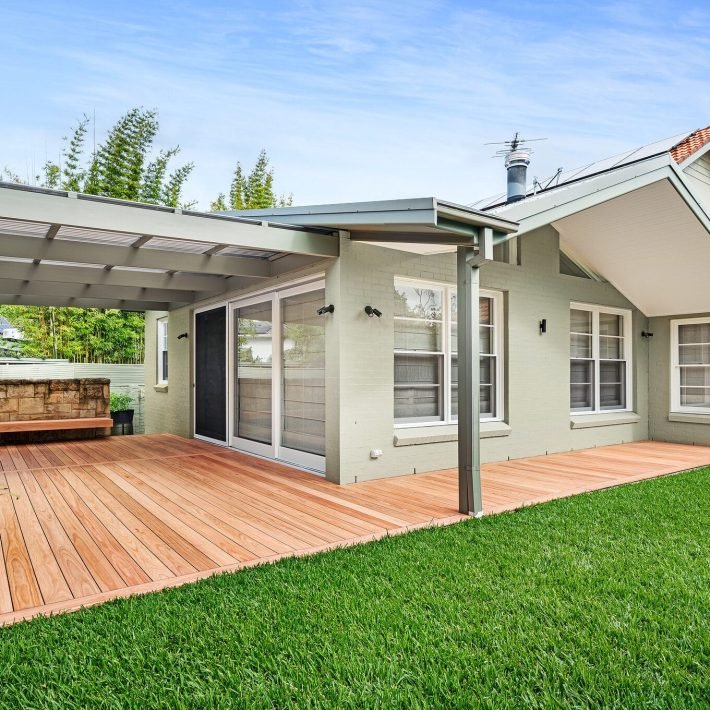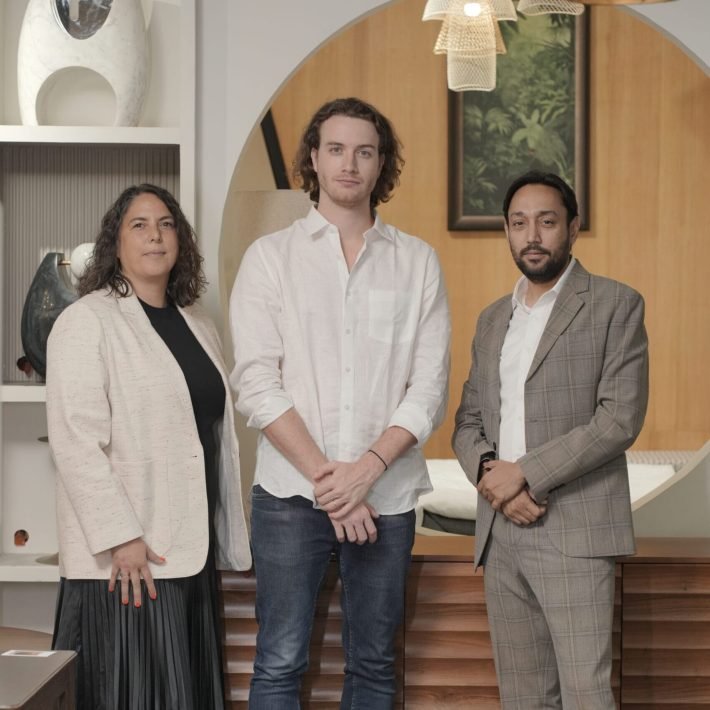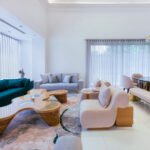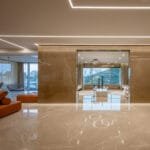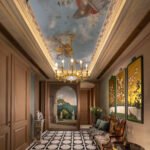Huzefa Goga is a visionary aquascape artist and curator whose work bridges architecture, nature, and emotion.
Drawing from his architectural background, he creates immersive living artworks using natural elements—driftwood, stones, and tropical plants— crafting serene ecosystems that evoke balance, mindfulness, and connection. In an interaction with Society Interiors and Design, Huzefa discusses the finer nuances of Aquascape.
Can you tell us about your journey from architecture to aquascaping? What drew you to this art form?
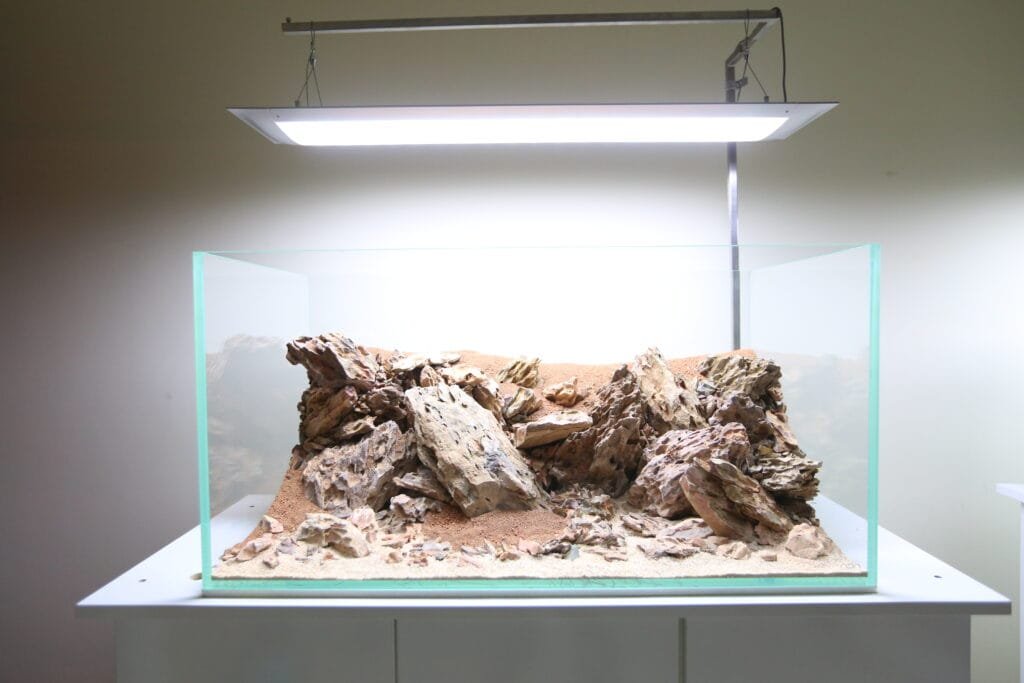
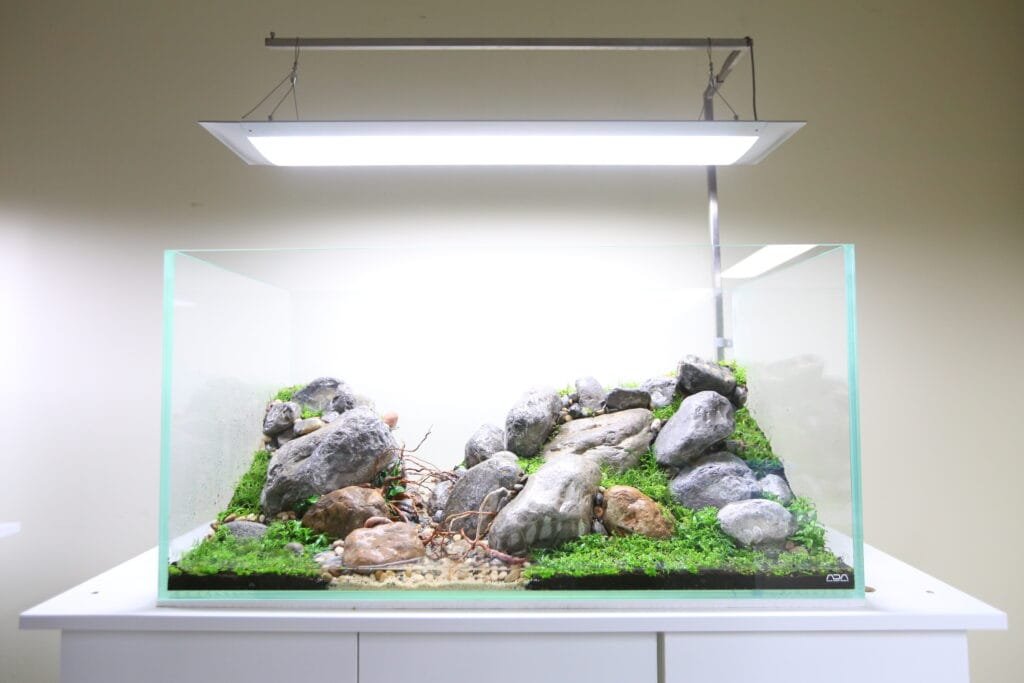
My journey began in architecture, learning how light, proportion, and emotion define a space. But I’ve always been captivated by nature’s architecture—how rivers carve their paths, how roots anchor the earth. Aquascaping became my way to bring that beauty indoors. It’s where design meets emotion, where structure comes alive.
How are cutting-edge design approaches redefining interiors through aquascaping?


For me, aquascaping is living architecture. It transforms static interiors into evolving environments that breathe. When someone enters a space and feels calm without knowing, I know the work has succeeded.
Aquascaping combines creativity, technical mastery, and sustainability. How do you balance these elements?


Every installation is a marriage of creativity, precision, and sustainability. I work only with natural materials— driftwood from Malaysia, China, or South America; stones from Poland and India; and plants that thrive naturally. Art and nature must coexist, not compete. My work is a homage to that balance.
Why are bespoke aquatic installations increasingly seen as status symbols in luxury homes and hotels?

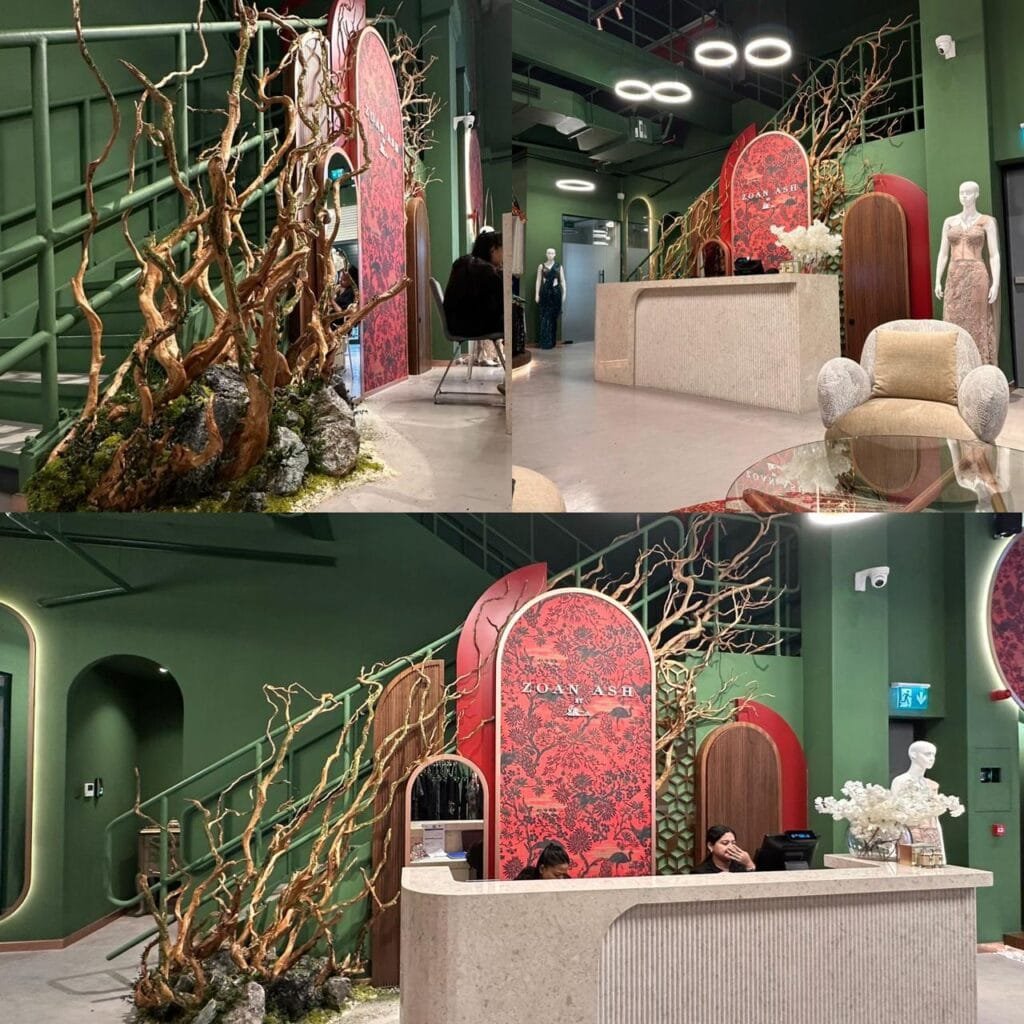
True luxury today is mindfulness—the ability to slow down and connect. My installations are more than visual art; they are experiences that ground you. Each bespoke aquascape is one-of-a-kind, carrying my signature and a certificate of authenticity—because nature never repeats itself.
How does aquascaping compare to other luxury design investments like art, furniture, or architecture?
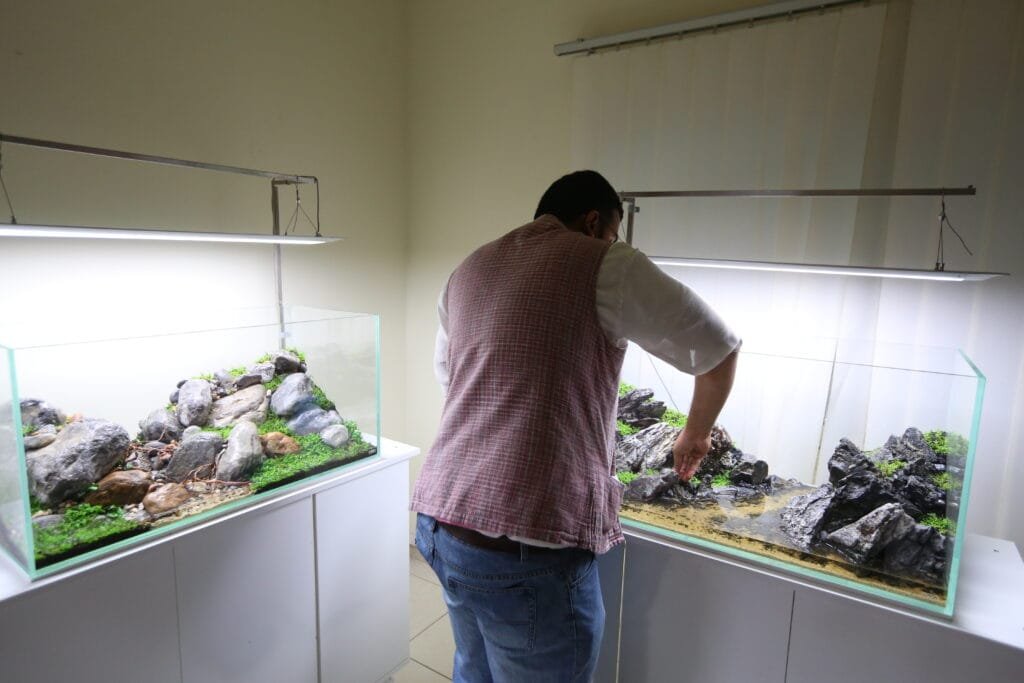
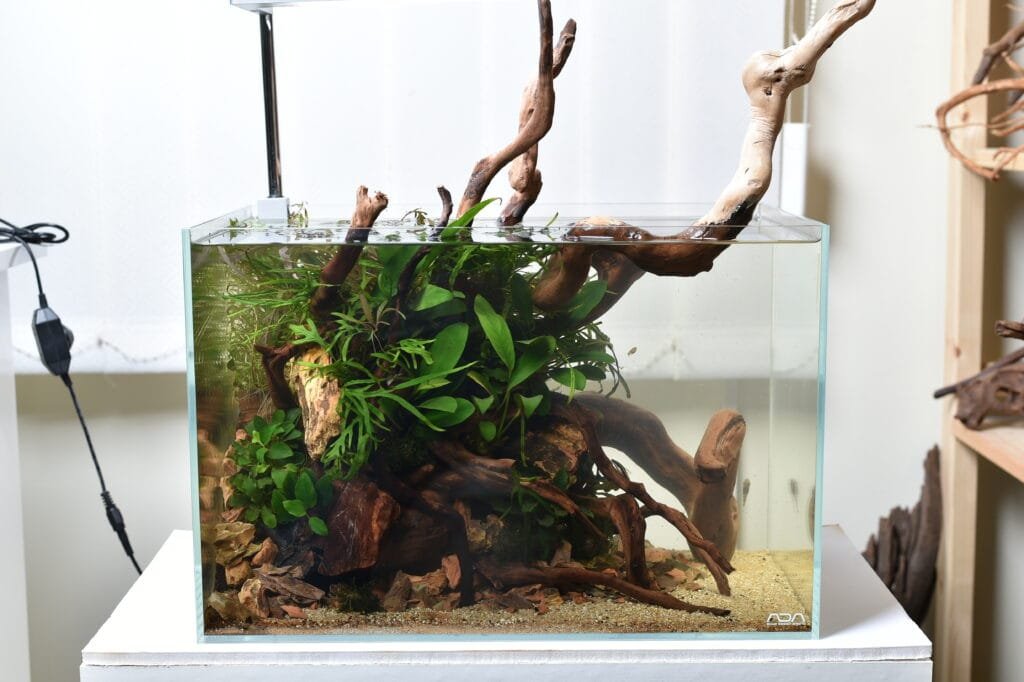
Creating these works has been a healing journey. It has helped me process pain, loss, and rediscover peace. Every piece—the driftwood, the water’s ripple—reflects something deeper within. Art has the power to heal, not just the artist, but everyone who experiences it.

What impact do aquascapes have on well-being, productivity, and serenity in private and public spaces?
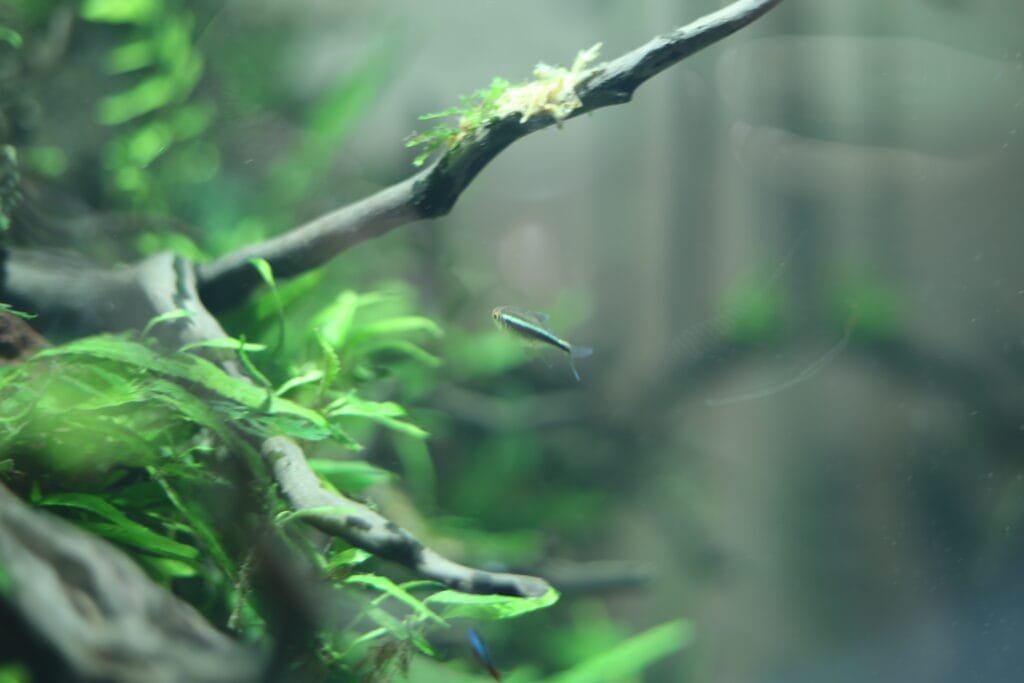
One of my favourite projects transformed a corporate lobby into a living underwater forest. Employees later shared how it made them feel calmer and more creative. In another project, inspired by Shinrin-Yoku, or forest bathing, I created a home installation that became a family sanctuary. Moments like these remind me why I do this work.
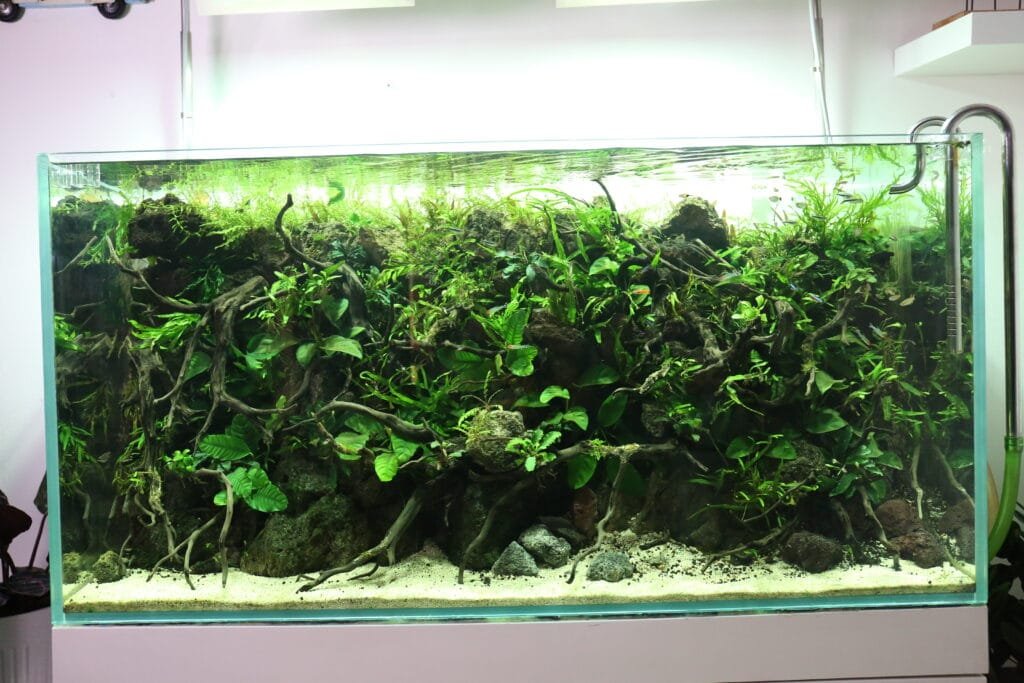
Can you share a few examples of your aquatic installations?

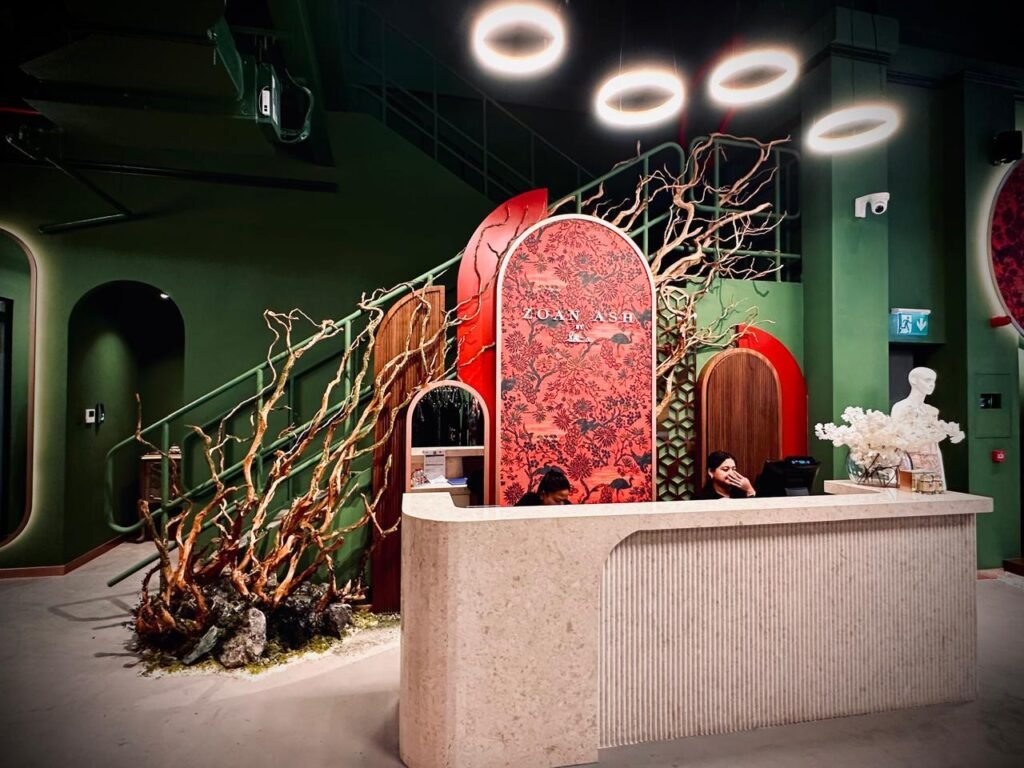
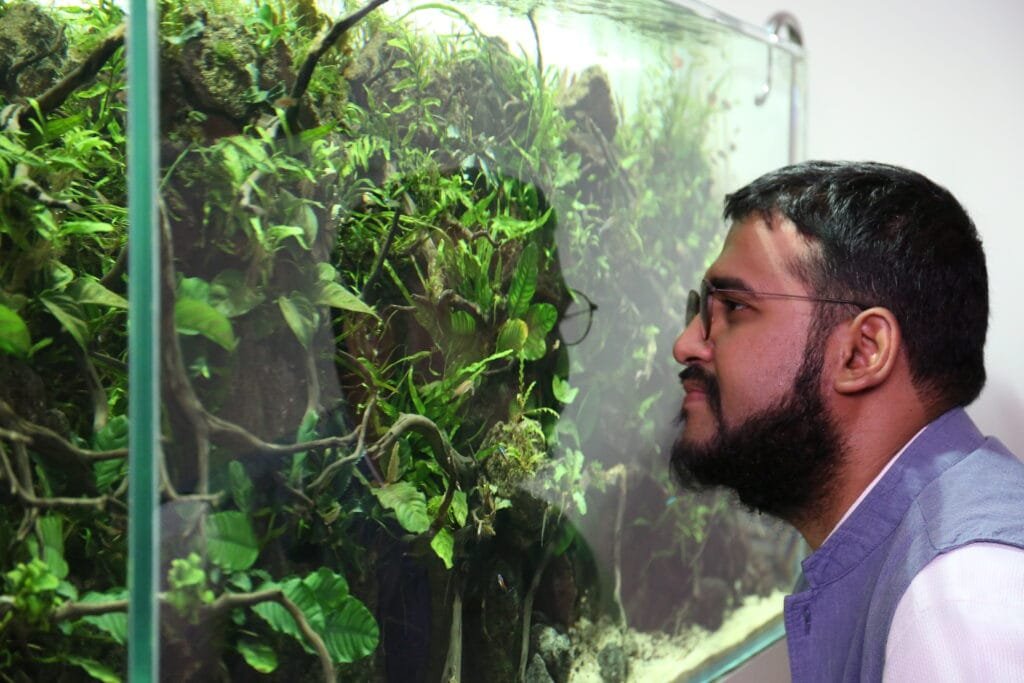
Every piece I create is alive—growing, adapting, evolving. I often describe them as poetry in ecosystems. They invite us to pause, breathe, and reconnect with the rhythm of nature. In a world that moves too fast, my art offers a space for stillness.



